BUNK
The Rise of
Hoaxes, Humbug,
Plagiarists, Phonies,
Post-Facts, and Fake News
Kevin Young
GRAYWOLF PRESS
Copyright 2017 by Kevin Young
The author and Graywolf Press have provided this e-book to you for your personal use only. You may not make this e-book publicly available in any way. Copyright infringement is against the law. If you believe the copy of this e-book you are reading infringes on the authors copyright, please notify Graywolf Press at: us.macmillanusa.com/piracy.
This publication is made possible, in part, by the voters of Minnesota through a Minnesota State Arts Board Operating Support grant, thanks to a legislative appropriation from the arts and cultural heritage fund, and a grant from the Wells Fargo Foundation. Significant support has also been provided by Target, the McKnight Foundation, the Lannan Foundation, the Amazon Literary Partnership, and other generous contributions from foundations, corporations, and individuals. To these organizations and individuals we offer our heartfelt thanks.

Published by Graywolf Press
250 Third Avenue North, Suite 600
Minneapolis, Minnesota 55401
All rights reserved.
www.graywolfpress.org
Published in the United States of America
Printed in Canada
ISBN 978-1-55597-791-7
Ebook ISBN 978-1-55597-982-9
2 4 6 8 9 7 5 3 1
First Graywolf Printing, 2017
Library of Congress Control Number: 2017930117
Cover design: Kyle G. Hunter
Cover art: Charles Eisenmann, Ashbury Ben The Leopard Boy and Old Zip Barnums What is It, 1885. Harvard Theatre Collection, Houghton Library, Harvard University
Endpapers: Barnums American Museum handbill, 1860. Harvard Theatre Collection, Houghton Library, Harvard University
for
R. E. N.
a true friend
Fried ice cream is a reality.
P. FUNK
Maggot Brain
Alas! Victor, when falsehood can look so like the truth,
who can assure themselves of certain happiness?
MARY SHELLEY
Frankenstein
The following is based on actual events.
Only the names, locations, and events have been changed.
Anchorman
I am composing on the typewriter late at night, thinking of today. How well we all spoke. A language is a map of our failures. Frederick Douglass wrote an English purer than Miltons. People suffer highly in poverty. There are methods but we do not use them. Joan, who could not read, spoke some peasant form of French. Some of the suffering are: it is hard to tell the truth; this is America; I cannot touch you now. In America we have only the present tense.
ADRIENNE RICH
The Burning of Paper Instead of Children
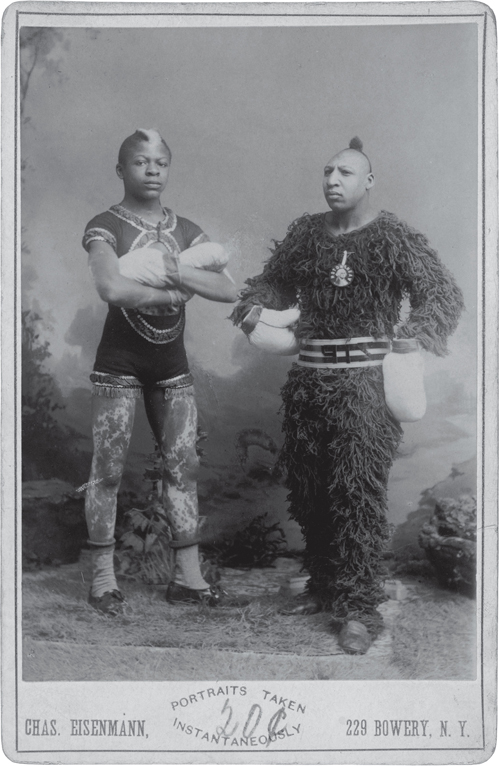
Charles Eisenmann, Ashbury Ben The Leopard Boy and Old Zip Barnums What is It? 1885.
BUNK

Italian translation and images from the Moon Hoax, ca. 1840.
BOOK ONE

A
HISTORY
OF THE
HOAX
ONE
The
American
Museum
 On the madness of crowds
On the madness of crowds 
Every crowd has a silver lining.
P. T. BARNUM

Great Attraction Just Arrived at Concert Hall. Handbill for Joice Heth exhibition, 1835.
CHAPTER 1
The Age of Imposture
What the American public always wants is a tragedy with a happy ending. If William Dean Howells was instinctively right when he said this to his fellow novelist Edith Wharton, then the hook of the modern hoax has been to separate the tragedy from that American happy ending. Recently the hoax, at least after the nineteenth century that Wharton and Howells had just seen turn, pretends every tragedy is far worse than it really isif only to make the scripted ending, no matter how apocalyptic it may be, all the happier. Once the hoax meant to honor, now it embraces horror; once it sought to praise, today the hoax mostly traffics in pain.
Yet across the nineteenth century, the honor and horror of the hoax briefly blended into humorof a species we might call dark. Nineteenth-century America regularly reveled in the contradictions of what famed showman P. T. Barnum called humbug , his many audiences taking pleasure in hoaxing and being hoaxed. What folks wanted was a showand not necessarily an especially good one. Take the Feejee Mermaid, which Barnum bought and displayed starting in 1842: the exhibit was nothing more than a monkeys upper bodyhead, arms, torsosewn together with a fishs tail, looking nothing like the beautiful images used to advertise it. Those who paid to see the humbug surely experienced a number of things, not least of which was a feeling of being fooled, but also a not unpleasant realization at how foolish they had been to be so eager. How could I have believed in mermaids? Viewers betrayal mixed with being humbled, both a wish and a form of curiosity- curiosities being Barnums name for the array of exhibits, freaks, and humbugs presented in his rather elegant American Museum, bought from its former proprietor in 1841.
Of course there would have been a quite different reaction had Barnum marketed his humbug as, say, the Massachusetts Mermaid. (Turns out he had, in fact, earlier tried out a far less successful Dorchester Mermaid!) The advertisement promises exoticnessseen in Barnums phonetic spelling of the island of Fijithat both preys on and plays with provinciality. The name Feejee Mermaid also suggests not just where this is found, or what could be found there, but an idea, however subtle, that this ugly, dried-up, black looking, and diminutive specimen, as Barnum later put it, The Mermaid worked exactly because it provided that mix of shame and superiority that constitutes the humbug.

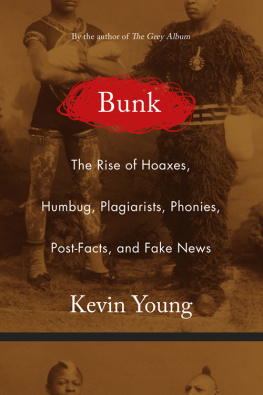

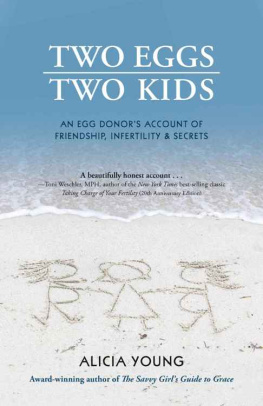

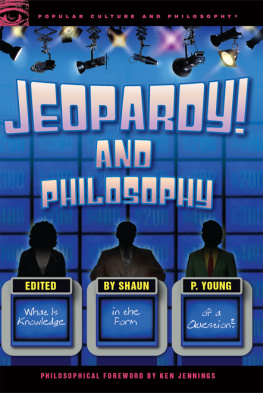

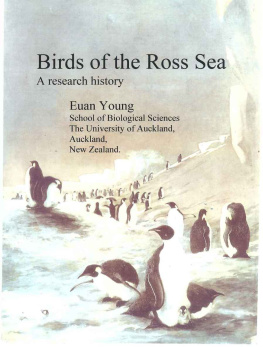
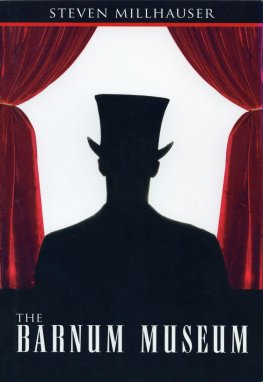

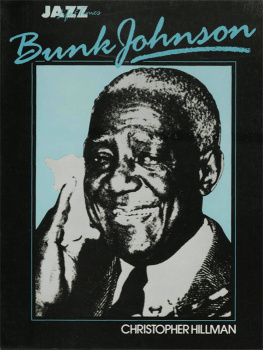
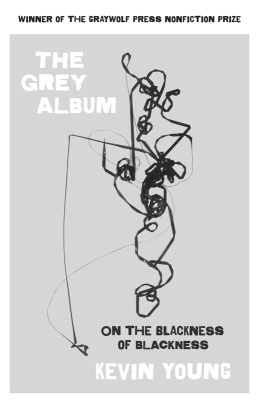
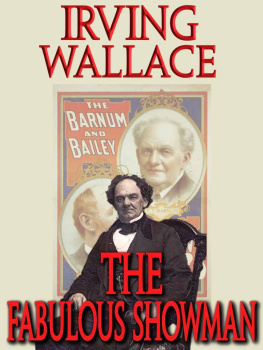
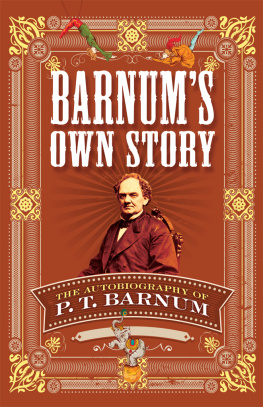
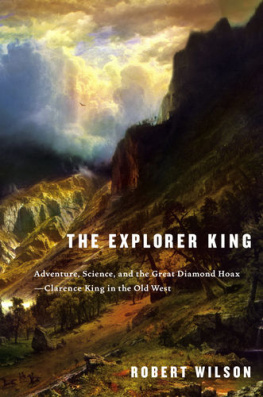
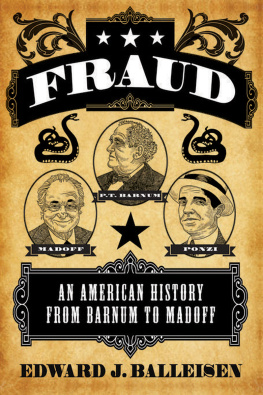
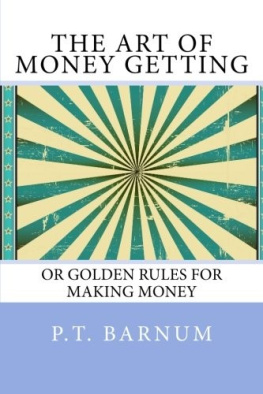
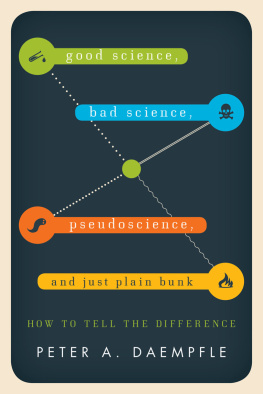





 On the madness of crowds
On the madness of crowds 
